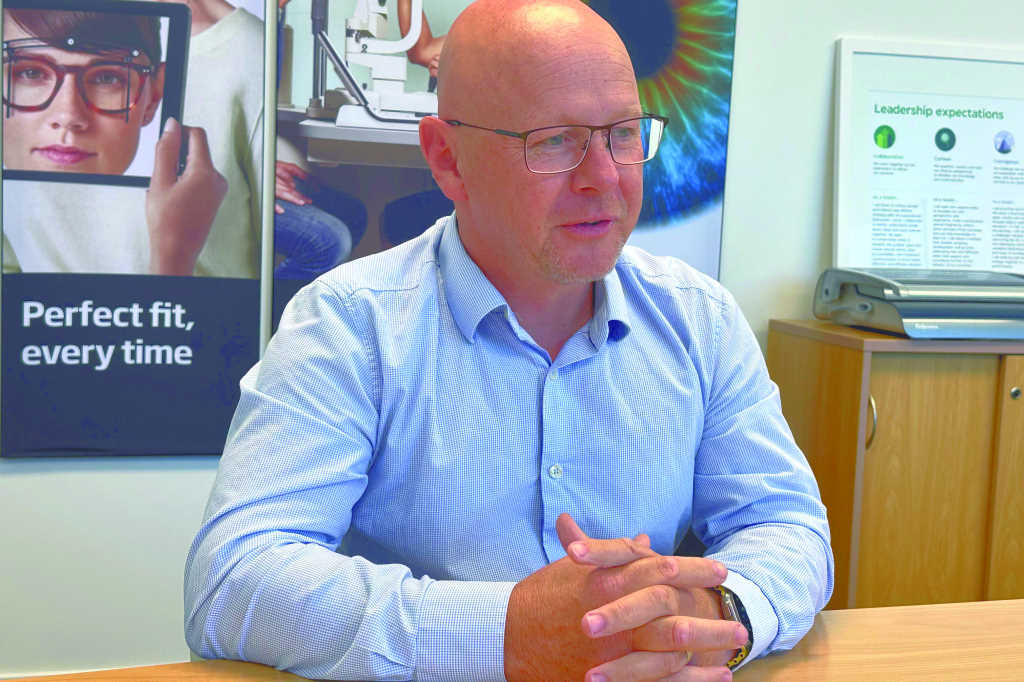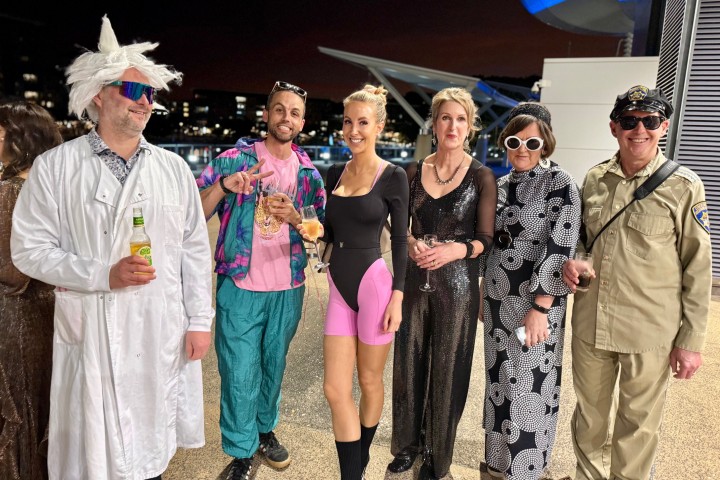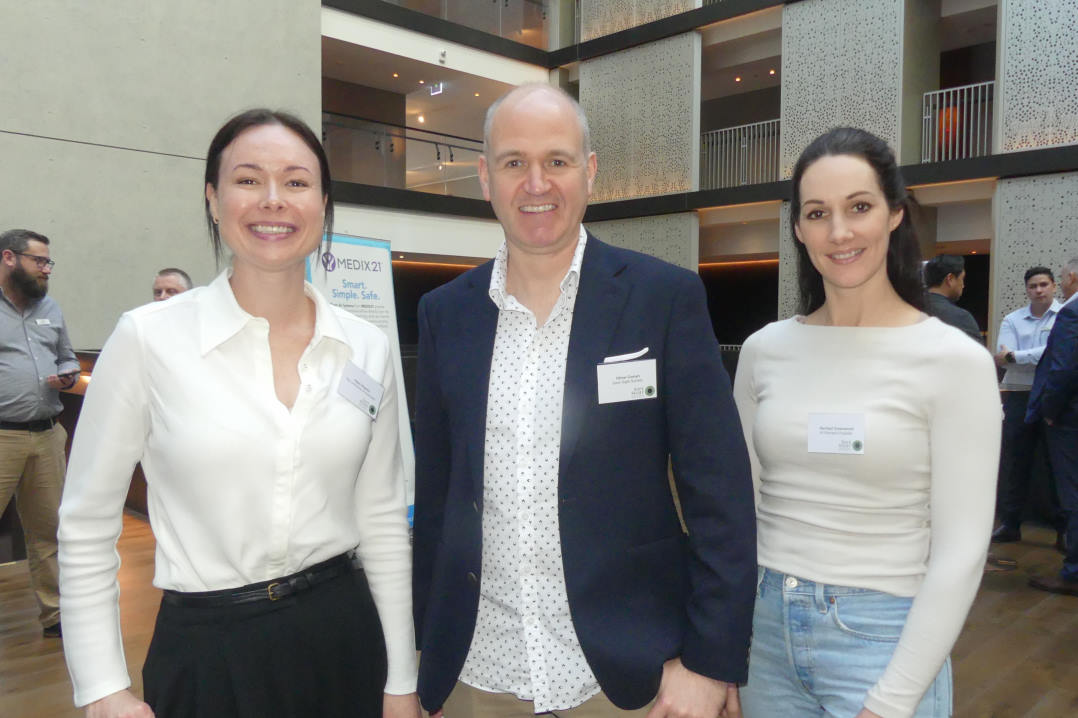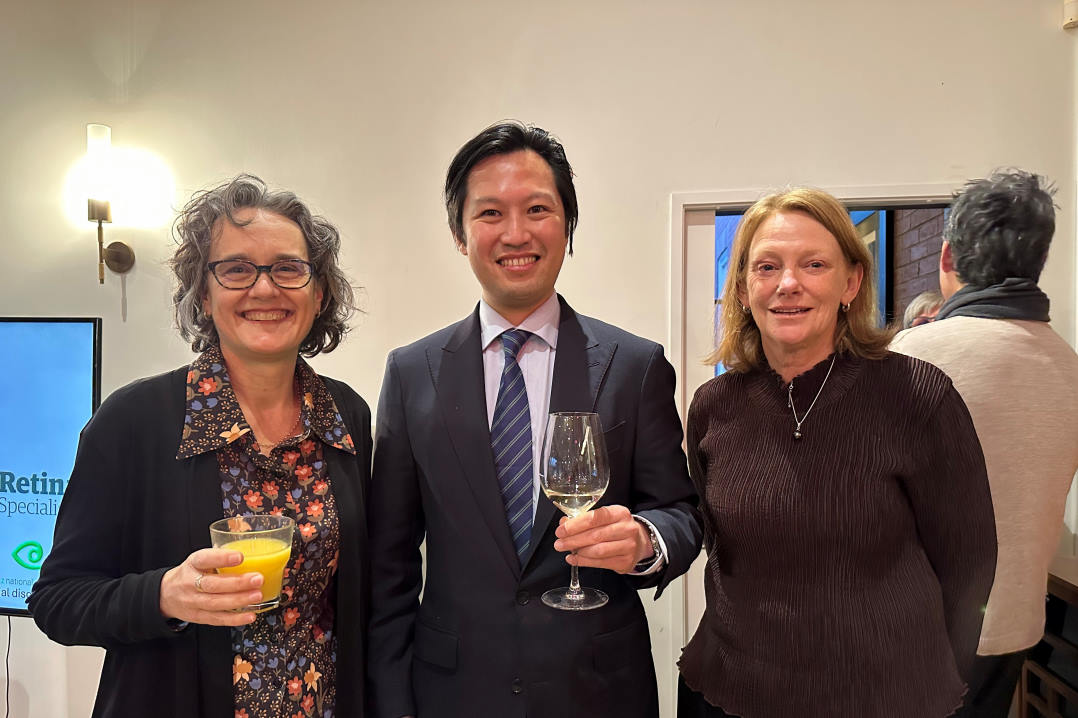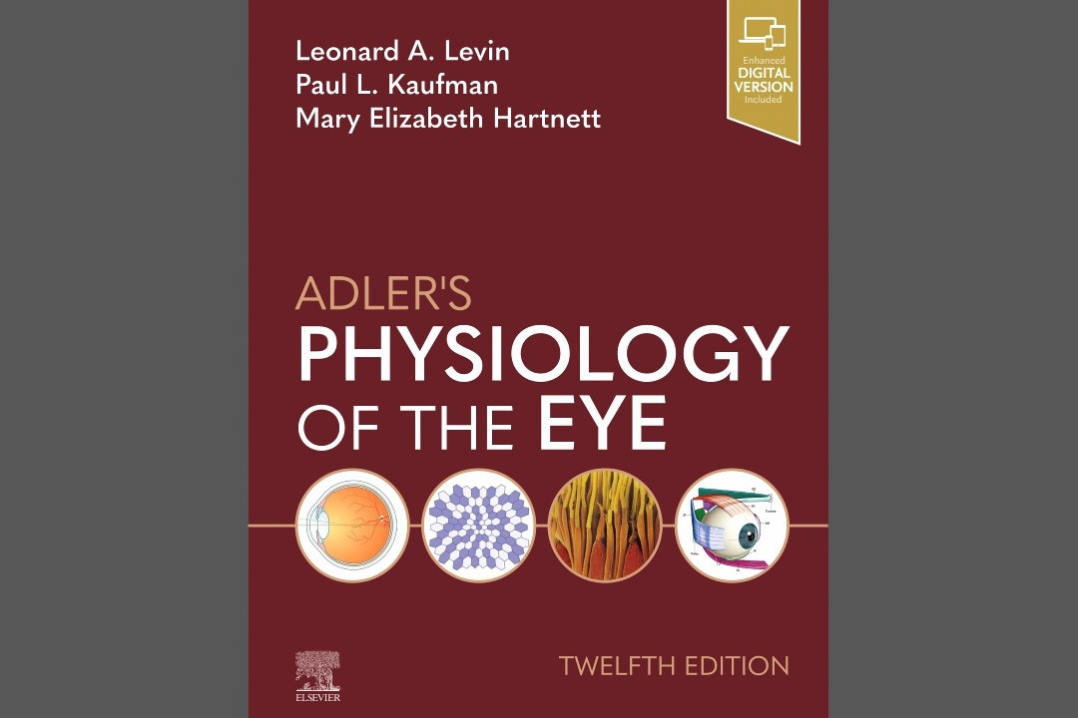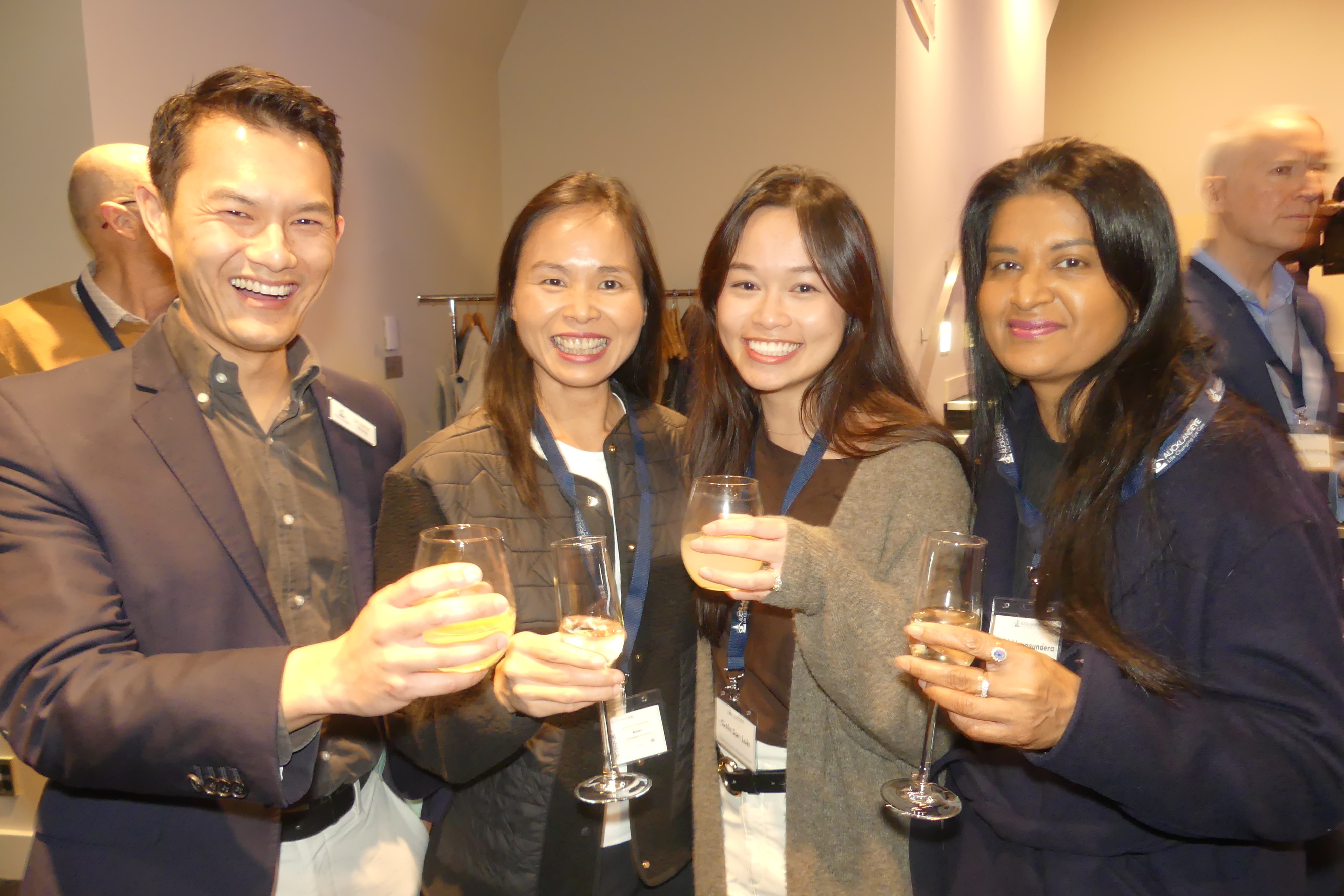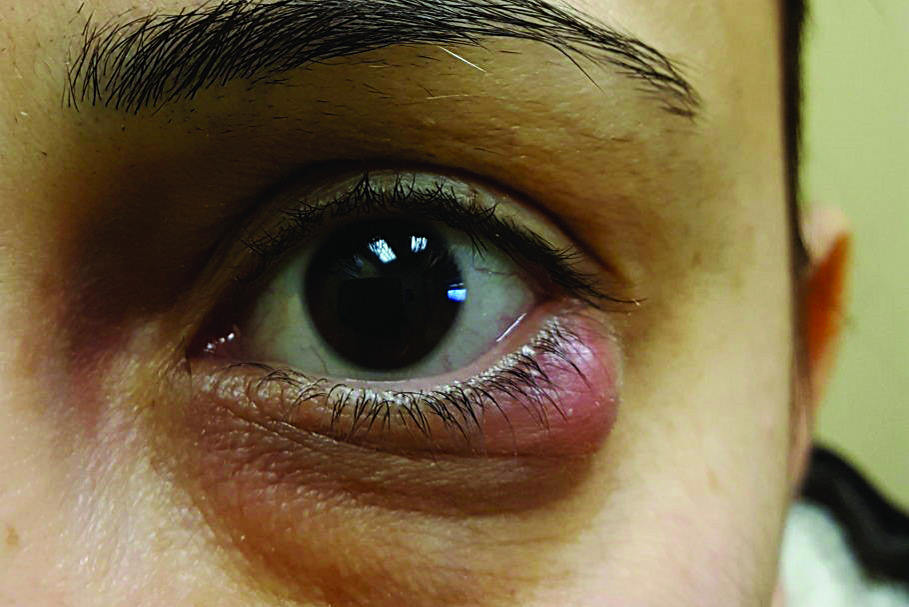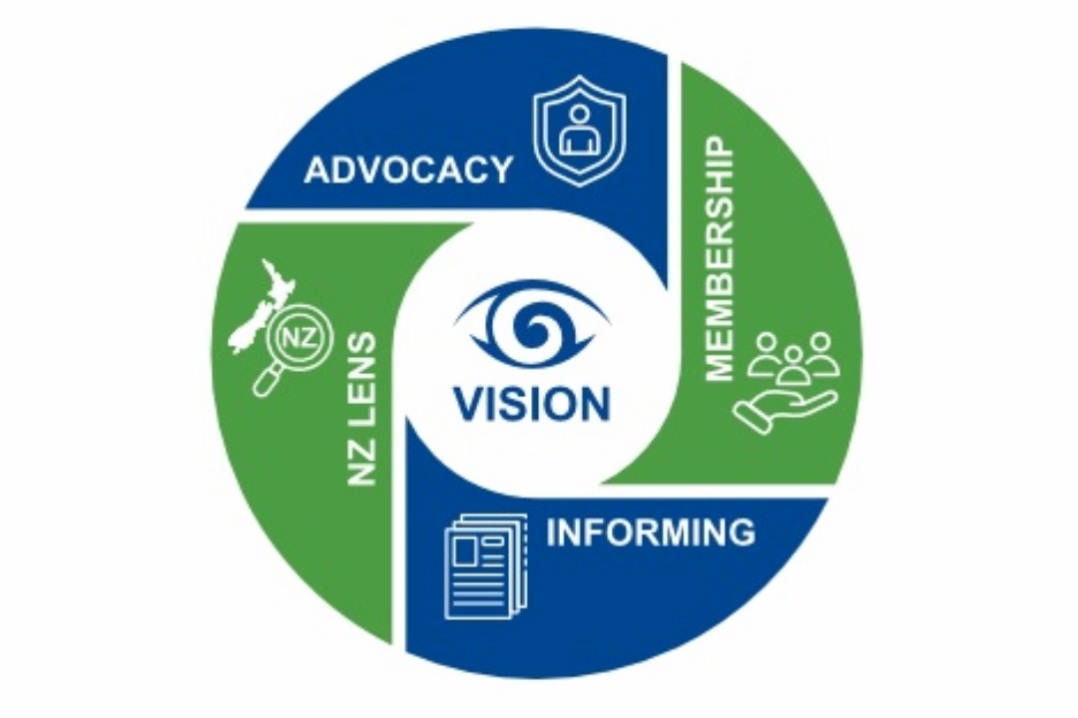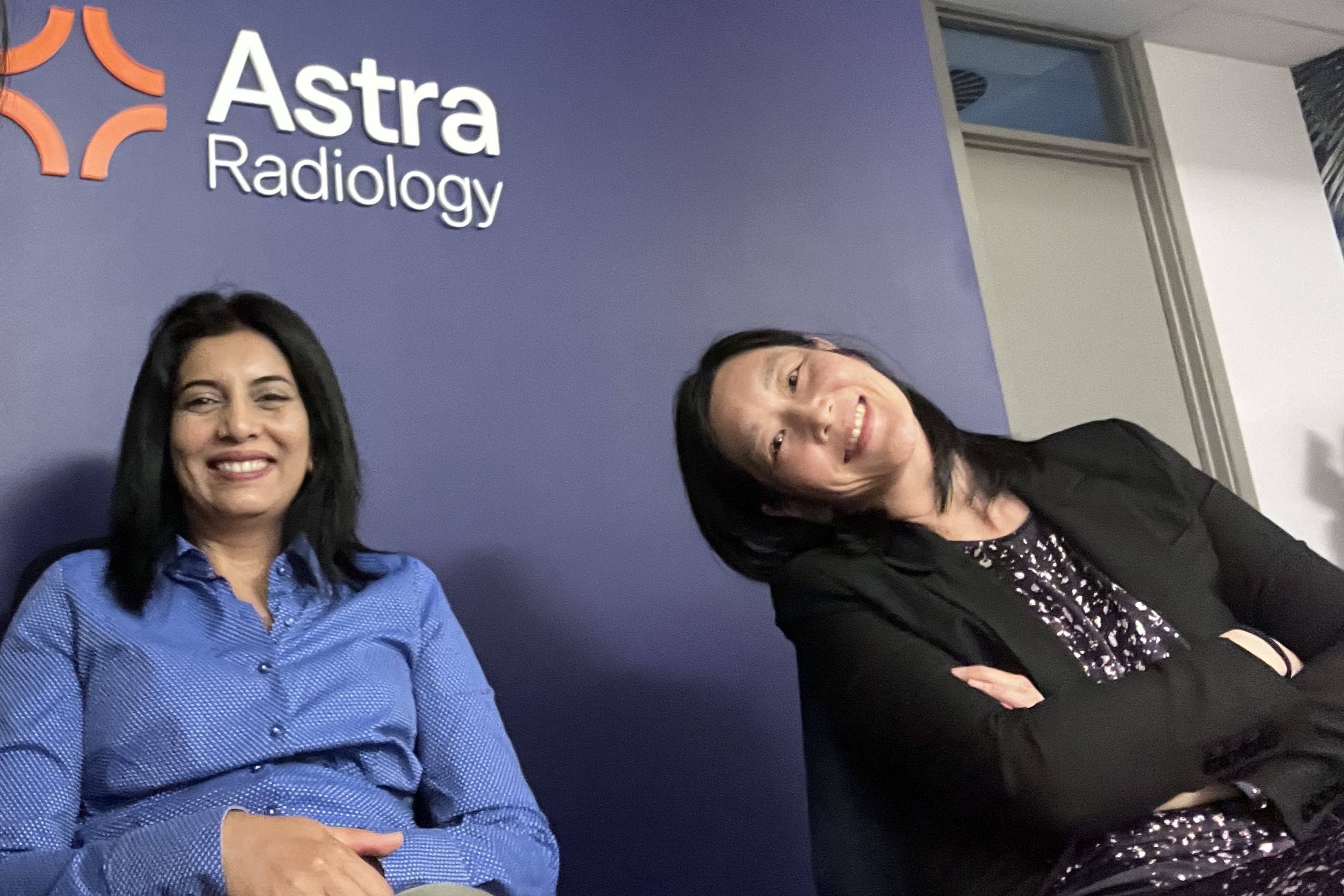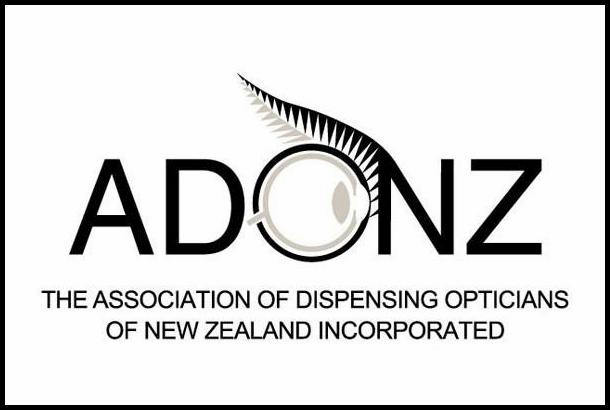Brendan Thompson’s true north
Departing Specsavers NZ director Brendan Thompson, who sold his independent practices to Specsavers when it first entered the country, sat down with Susanne Bradley to discuss his optometry journey, eyecare in Aotearoa and his next adventure.
You helped facilitate Specsavers’ 2008 New Zealand entry through the sale of Torga Optical. How did that come about?
My wife (optometrist Tracy Thompson) and I arrived in New Zealand in 2001 from South Africa where we had Specsavers and other optical chains. It was obvious to us that value optics was missing here so we started our first practice, Clear, on Hurstmere Road in Takapuna. But back then it was impossible to get discounted frames and you simply couldn't change the price model unless you had product or services coming from offshore. So, we reached out to Specsavers in 2006, but it wasn’t interested in our one store in Takapuna or even looking at us then. Eventually we managed to set up a sort of a joint venture with Torga Optical in South Africa. We tapped into their supply chain… and by 2008 we had grown to six stores.
Then one day (Specsavers founders) Doug and Mary Perkins walked into our Albany store. My store manager had worked for Specsavers in the UK and came and grabbed me and said, “You've got Doug and Mary here on a field trip.” Specsavers had just started as a frames’ supplier in Australia at the time.
If Doug and Mary hadn't come in, we would never have looked to sell. We were on an expansion path and had a great model. It was my fear of competing against Specsavers that made me act. You can't compete with Speccies at their own game. So, I shoulder-tapped Doug and said, “You know, we don't particularly want to go head-to-head; is there something we can do together?”
In 16 years with Specsavers, you’ve helped grow the business from six to 60 stores, rolled out OCT in all of them and launched audiology. What’s been your highlight?
Reaching the number-one market-share position in New Zealand in just two years. From memory, I think we had 27 stores. The customer reports we'd get through our partners told us customers were just thrilled to have value optometry in the country. When the customer base is telling you you're doing something right and it’s reflected in sales, you know you’re onto a winner. It gave everybody confidence to keep on growing.
What’s been the most challenging part of your Specsavers’ journey?
We've been through two economic crises, the Christchurch earthquakes and Covid. Each of those brought challenges of their own but I think the ongoing challenge has to be people. We’ve grown at such a rate that making sure we have sufficient partners and the right type of people on the journey with us has been really tough. Optometry resource for many years was also a massive issue – you can only grow as quickly as your testing capacity or professional resources allow.
What does leadership in a healthcare business mean to you?
Leadership in healthcare comes back to making sure the decisions you make are right for patients, right for the business and right for your partners.
For Specsavers, an example of this is that we haven't increased our prices since 2008. This isn’t necessarily purely a healthcare philosophy but we're doing everything we can to hold prices where they are, ensuring we're looking after the community and that people have fewer barriers to healthcare.
When we came to New Zealand, we were quick to align ourselves with the Automobile Association (AA), providing free eye tests, and that got us on to a journey. Most glasses-wearing AA members came to see us at some point and that transpired into ‘kids go free’, which is an ongoing campaign. If we introduce new technology like OCT, it's free and that's specifically to reduce barriers to healthcare. So, it's not all about making money, it's about doing the right thing by the community and by the patients and the population we serve. All our partners would say they'd love to make more money but there's a fine balance. We make a bit of money to ensure that we can invest and continue developing our partners, they make a reasonable return on their investment and the public gets really good value.
What’s the most important change you’ve seen and what’s the next big thing?
The most important change I've witnessed over the last 15 years in New Zealand must be the arrival of new competitors. We've had a very protected optical industry in New Zealand, with only one other corporate in Luxottica. We've seen OPSM or Luxottica launch budget eyewear in the early days to try and compete with Specsavers, which didn't work. Then there’s the rise of Bailey Nelson and Oscar Wylee, which is testament to the fact there's still a market out there for people other than Specsavers. Competitors have seen our market share and decided there's a piece of that they could have. I think it's a great thing; it keeps us honest and sharp. It makes sure we turn every cent over twice and continue to press for value for our customers. From a customer perspective, it has given the New Zealand public choice, which is fantastic.
Technology has also played a massive part in changing the industry and health outcomes. A decade ago, most people couldn't afford tech but now it’s commonplace. Driven by technology, I think the next big thing will be online testing. The FDA (US Food and Drug Administration) has recently approved some online tests and it’s no secret that Specsavers and many other optometry retailers are in the midst of trialling remote testing. As we struggle to provide services in parts of the country, like the West Coast or Southland, remote testing will be fantastic. Whether it will be available and approved by New Zealand’s regulators in one year, two years or five years, I think it'll play a huge part.
As you look to the future and your plans to sail the Pacific Ocean with your wife and youngest child, what are you most looking forward to?
It’ll be the first time in my life I haven't had the next year absolutely mapped out by half-hour slots, so I'm going to relish the fact I've got a bit of freedom. It’ll be a year or maybe two, depending on how we go with home schooling, sailing and exploring remote cultures and places. All my other sailing trips have been governed by return dates, funds, school and work. But this is the one opportunity we'll have to literally go where the wind takes us.









